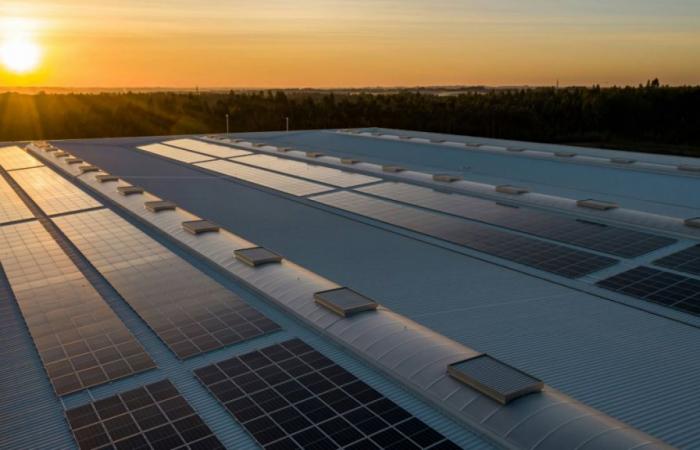
Europe is facing a paradox: green electricity production is so abundant that it is leading to historically low or even negative prices. This unprecedented situation highlights the challenges of managing an increasingly decarbonized electricity grid.
Spain and Germany, emblematic examples
Europe, the champion of the energy transition, now produces more wind and solar energy than the United States. This success, the result of massive investment and strong political will, gives rise to an unexpected paradox: electricity so abundant that it sometimes becomes free, or even chargeable, for consumers.
Sun-drenched Spain sees its wholesale prices collapse in the middle of the day, when photovoltaic production is at its peak. Last April, the combination of strong hydroelectricity and generous sunshine even led to negative prices on the electricity market.
Germany, less known for its sunny climate, is not far behind. Thanks to its onshore and offshore wind farms, it experienced more than 300 hours of negative prices in 2023. A real upheaval for this country that has long depended on Russian gas.
Economic consequences for a network management challenge
This cheap energy, a priori a boon for consumers, poses a headache for electricity grid managers. Because green electricity, intermittent and unpredictable, does not always adapt to demand. The increasingly frequent periods of overproduction require compensation by activating gas-fired power stations or other controllable energy sources.
This unprecedented situation has significant economic repercussions. Renewable energy producers are seeing their revenues fall because they can no longer sell their electricity at a high price. In Germany, their capture rate, i.e. the share of their revenues compared to the average market price, has fallen by half in three years.
Three paths to a smarter energy future:
1. Improve the interconnection of electricity networks. This would allow excess electricity to be channelled to areas where demand is higher. But this option faces technical and political obstacles, including opposition from some local populations.
2. Shift consumption to times of abundance. Smart meters could allow consumers to program their appliances (washing machines, dishwashers, etc.) to run when electricity is cheapest. But the deployment of these meters remains too slow.
3. Store excess energy. This is the most promising solution, but also the most complex. It requires massive investments in giant batteries, pumped-storage hydroelectric power plants or even innovative systems such as storing energy in hot sand (currently being tested in Finland).
Europe, a pioneer in renewable energy, is facing an unprecedented challenge: manage energy abundanceTo meet this challenge, it will have to demonstrate innovation, audacity and cooperation. The continent’s energy future depends on it.





